The Batman births a particularly killer Batmobile
Since its debut in 1939’s Detective Comics #27, the Batmobile has come a long way. That very first Batmobile was just a little red car glimpsed in just two panels. It wasn’t even called the Batmobile yet. Between the comic books, the TV series, and the movies made in the years that followed, the caped crusader’s car has undergone countless redesigns and permutations. Much like the costume, the Batmobile both reflects and defines the Batman who drives it.
The ‘55 Lincoln Futura customized by George Barris for Adam West’s Batman series remains a beloved icon, a fan favorite. Technically, it’s not even the first live-action Batmobile, as that distinction belongs to a ’39 Cadillac Series 75 convertible sedan that appeared in Columbia’s 1943 Batman 15-chapter serial. The surreal sculptural fantasy of Tim Burton’s Batmobile was built on a Chevy Impala chassis, and its design drew inspiration from the Corvette and from jet aircraft. Production designer Anton Furst felt that the Batmobile was “a pure piece of expressionism,” whereas the militaristic Batmobiles of the Christopher Nolan and Zack Snyder eras were rooted in realism. The “tumbler” introduced in Batman Begins was a tank prototype, and Ben Affleck’s Batmobile continued the trend with a repurposed military vehicle. (Production designer Patrick Tatopoulos described it to Empire Magazine as a “tank that is very sexy looking.”)
Christian Bale’s Batman had the advantage of Morgan Freeman’s Lucius Fox and Wayne Enterprises’ Applied Sciences division, more or less the Q and Q Division equivalents. Fox could furnish Batman with all kinds of prototypes and cutting-edge technology.
Of course, this is only year two in the timeline of Robert Pattinson’s Batman—he’s new to the vigilante game. Without the help of Lucius Fox, he must manage with only the skills he can muster in his garage. He builds the Batmobile on his own, repurposing parts from other cars and assembling a distinctive, Frankenstein-like creation.

This isn’t a new take on the superhero as much as it is a return to the character’s origins as a detective. The DNA of Matt Reeves’s The Batman contains the spirit of those old comics as well as Frank Miller’s and David Mazzuchelli’s Batman: Year One, David Fincher’s Zodiac and Se7en, Chinatown, Taxi Driver, a heavy dose of conspiracy thriller, and a little bit of playfulness that belies its grim influences. With his new character, Batman co-creator Bill Finger sought to combine the dashing Douglas Fairbanks with one of the world’s greatest fictional detectives: Sherlock Holmes. The Batman digs deep into his background in horror and pulp — along with Sherlock, his fictional predecessors included Zorro, the Shadow, the Phantom, and the Scarlet Pimpernel.
Batman even owes a little to the devilish urban legend Spring-heeled Jack, a cloaked nighttime apparition that haunted London in the 19th century. This is a character who not only gives hope to the citizens of Gotham but instills fear in its villains.
This mystique is mirrored in his Batmobile. There’s really no single defining characteristic among Batmobiles—most of them bear at least a little resemblance to a bat, but that isn’t a hard rule. Of the recent onscreen versions, they tend to share two qualities: they are beautiful and menacing. This one leans heavily on the latter.
For inspiration, production designer James Chinlund looked to the gleaming red nightmare of the possessed ‘58 Plymouth Fury in Stephen King’s Christine. You can see its glossy malevolence reflected in the car, especially during its introduction. With an engine that growls, red lights, and the blue smoke that surrounds it, it feels like an animal awakening. Vehicle designer Ash Thorp also cited the Porsche 917 as a key inspiration, but the basis for this Batmobile is a muscle car, specifically a ’69 Dodge Charger with the roof chopped off. It evokes Batman’s cowl and cape, with the bat motif especially apparent in the rear fins.
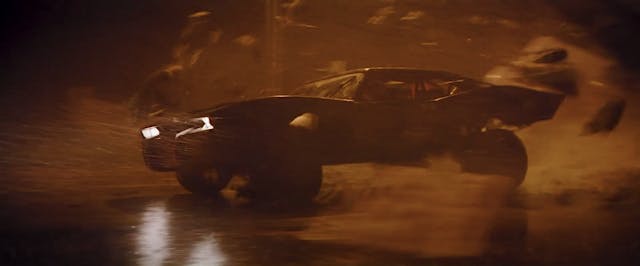
Chinlund prioritized practicality in crafting this Batmobile. Form follows function for this utilitarian machine, and it’s a car capable of everything it does onscreen. Production had four cars made for the film, including one with an electric engine to pull off the blue flame effect without having to worry about accidentally blowing up the car and the set with combustible gasoline. Special effects supervisor Dominic Tuohy outfitted the Batmobile with a 627-horsepower Chevy V-8 engine. In the spirit of his DIY Batman, Pattinson did much of the stunt driving himself; according to Chinlund, he pushed it to “top speeds” of up to 100 mph. Tuohy told Insider that it could likely exceed that. Not only is it fast, it’s agile; it can drive on two wheels and perform burnouts and ramp jumps. It has a roll cage like a stunt car, as well as a massive reinforced steel bumper and chassis, since Batman needs to be able to plow through just about anything without the car crumpling. But the rear is open and unguarded because, as Chinlund explained to Insider, “No one’s chasing him, he’s chasing them.”
The Batmobile is as relentless as Batman.
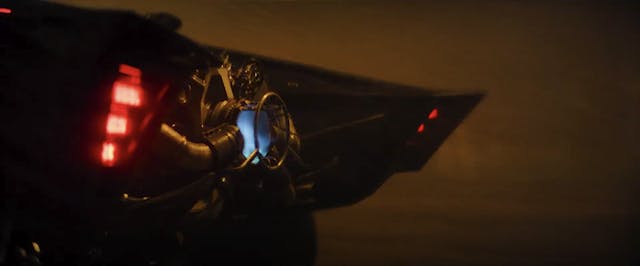
Its debut was a long time coming. We had our first look at Pattinson’s Batmobile back in 2020, but the pandemic caused an interminable delay in The Batman’s release. Fortunately, its long-awaited unveiling doesn’t disappoint. The movie continues to tease us, giving us a titillating glimpse of the Batmobile under a thin sheet in the Batcave. But our first full view occurs about halfway through the film, and it’s much more dramatic. In its retina-searing debut, the car appears at the end of a darkened alleyway, creating the only source of light with an incandescent red grill and the blue flame of its engine. Chinlund told Insider:
“We built this very intricate front to the car, we called it The Furnace. The concept was that there’s a jet intake in the front that feeds into the rear engine. So in the electric version, it allowed us to have this fire breathing machine inside the hood.”
It’s loud and it’s terrifying and, for a moment, it stalls. A work in progress, like its builder. Rough around the edges. Despite its false start, it proves to be a formidable, indestructible opponent.
What follows is The Batman’s best action sequence, a luminous, perilous car chase through golden rain where the Batmobile charges after the Penguin (Colin Farrell) in his modified Maserati Quattroporte. Reeves cites The French Connection as one of his primary influences for the chase, with much of it shot from Batman’s perspective. When the Penguin and Batman head down the freeway the wrong way, it feels like there’s a little To Live and Die in LA in the mix here, too. Through some wild driving, the Penguin causes tractor-trailers to hydroplane, leaving multi-car pileups and a fuel truck explosion in his wake. He thinks he’s lost his tail, but his triumph amid the chaos is short-lived. In maybe the most thrilling moment in this sequence, the Batmobile hurtles toward him, flying through a wall of fire. The chase ends with an eerie shot from the Penguin’s perspective, where Batman appears upside-down as he approaches the flipped Maserati, backgrounded by smoke and flame.
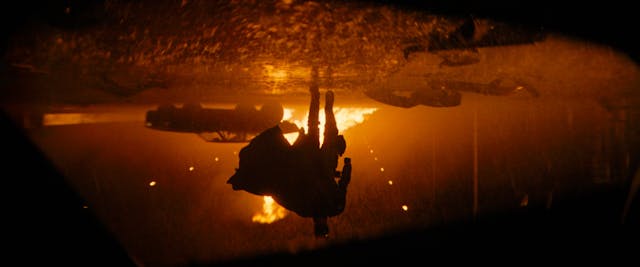
Stunt coordinator Rob Alonzo and cinematographer Greig Fraser came together to create a gorgeous, exhilarating sequence. Relying on practical effects, it’s as visceral as William Friedkin’s chases, except that it’s significantly safer. Production shot on an abandoned (and dry) airport runway, not a real freeway, and VFX rain was added by Weta. Reeves wanted hard mounts so the camera would shake along with the car, which feels like it could fall apart at any moment. Between the first-person POV and the shaking car, it’s reminiscent of Claude Lelouch’s electric short film that documents his high-speed joyride through Paris: C’était Un Rendez-vous. The intensity and rawness of The Batman’s chase are amplified by a booming sound design that rattles the ribcage. It’s not hyperbole to call this one of the best cinematic car chases of the 21st century.
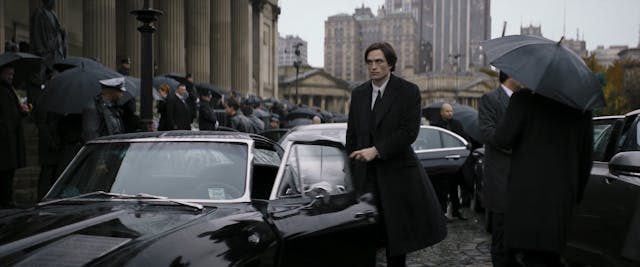
The Batmobile and Penguin’s Maserati aren’t the only automotive eye candy featured in The Batman. A heavily customized Batcycle (and Catcycle) appears well before the Batmobile does, an ideal machine for when Batman needs to be discreet. This Batman has to keep a low profile, and the Batmobile isn’t exactly inconspicuous.
Bruce Wayne’s daily ride doesn’t get nearly as much screen time, nor is it afforded the spectacular entrance that the Batmobile gets, but it’s evident that just as much thought and care went into selecting his black ‘63 Corvette. It’s sleek and refined, and because the split-window design of this coupe was limited to the year 1963, it’s rare, expensive, and utterly classic. The shape more subtly suggests the look of a bat than the Batmobile proper, but the resemblance is unmistakable. It suits Bruce Wayne, though it doesn’t suggest his character in quite the same way the Batmobile does. This shouldn’t be surprising, though: Batman has often felt like the character’s true self, while Bruce Wayne is the mask.
Unlike the Corvette, Batman’s homemade machine is anything but subtle. It’s a beast. Something out of a nightmare. Not only is it a perfect fit for this new dark knight, it’s an objectively beautiful creation, with a unique design that should satisfy fans of the superhero and gearheads alike. It’s a more than worthy addition to the pantheon—not just of great Batmobiles, but of legendary film cars.
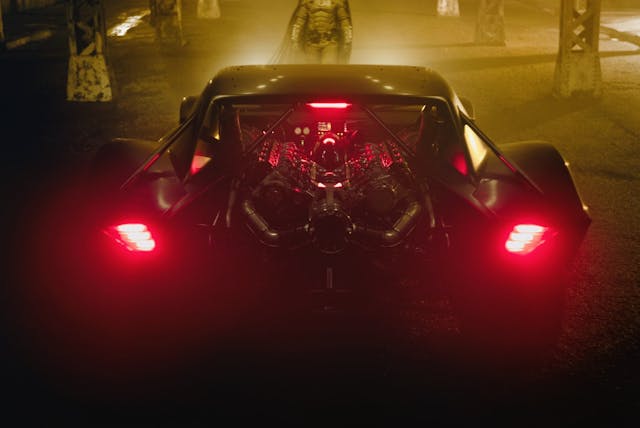
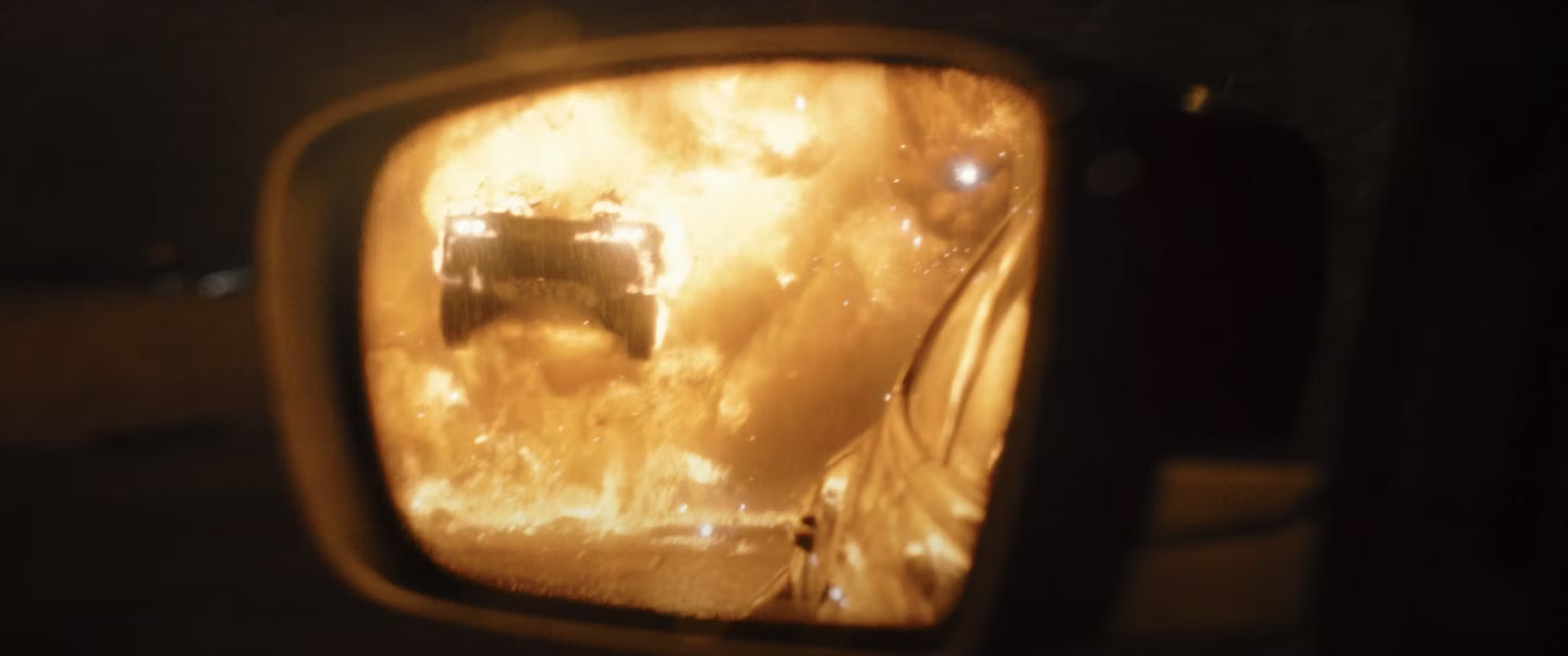
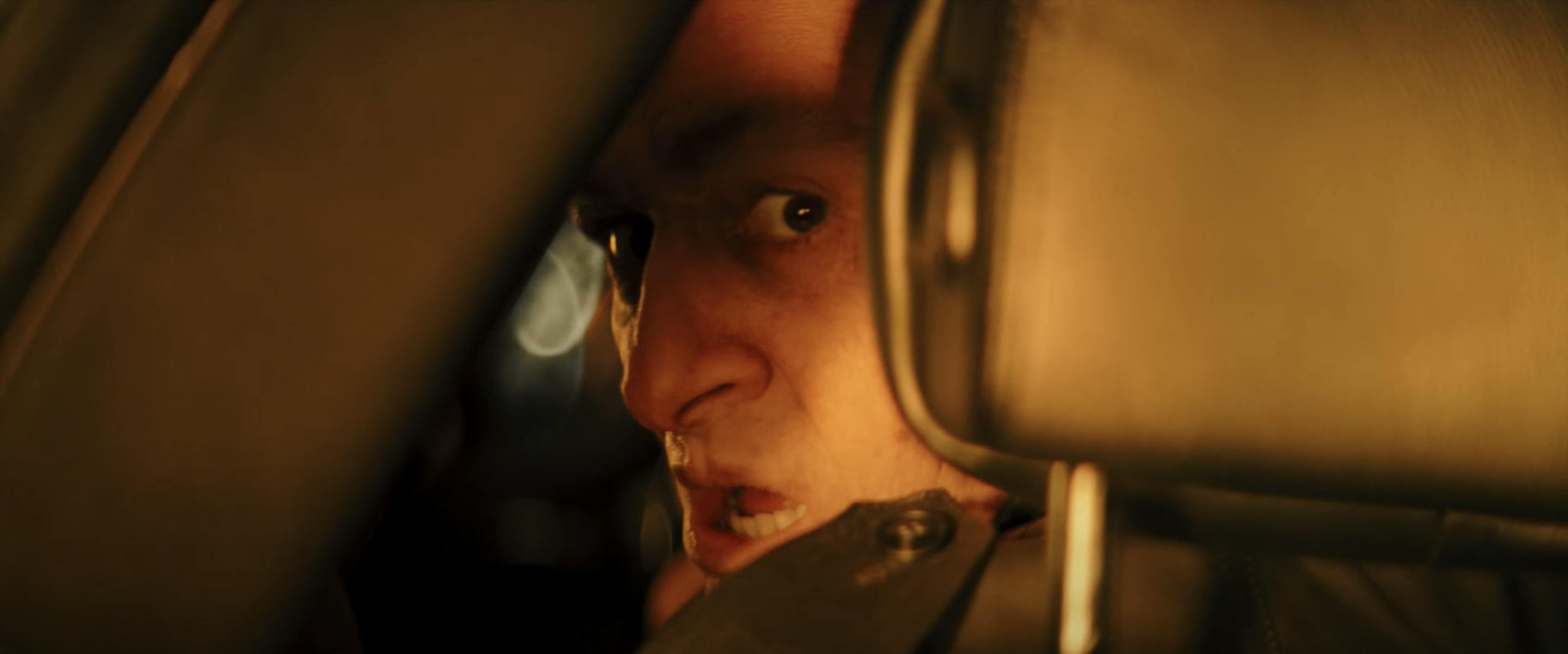
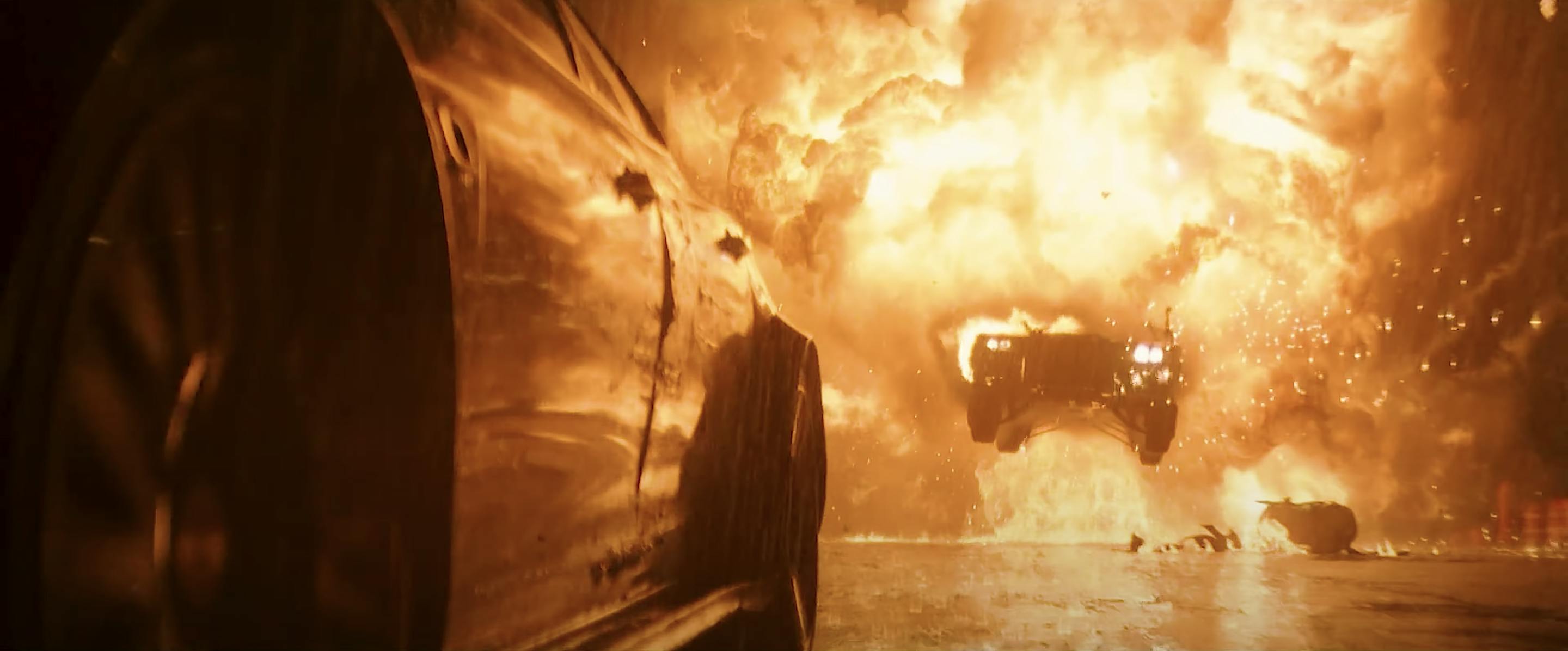
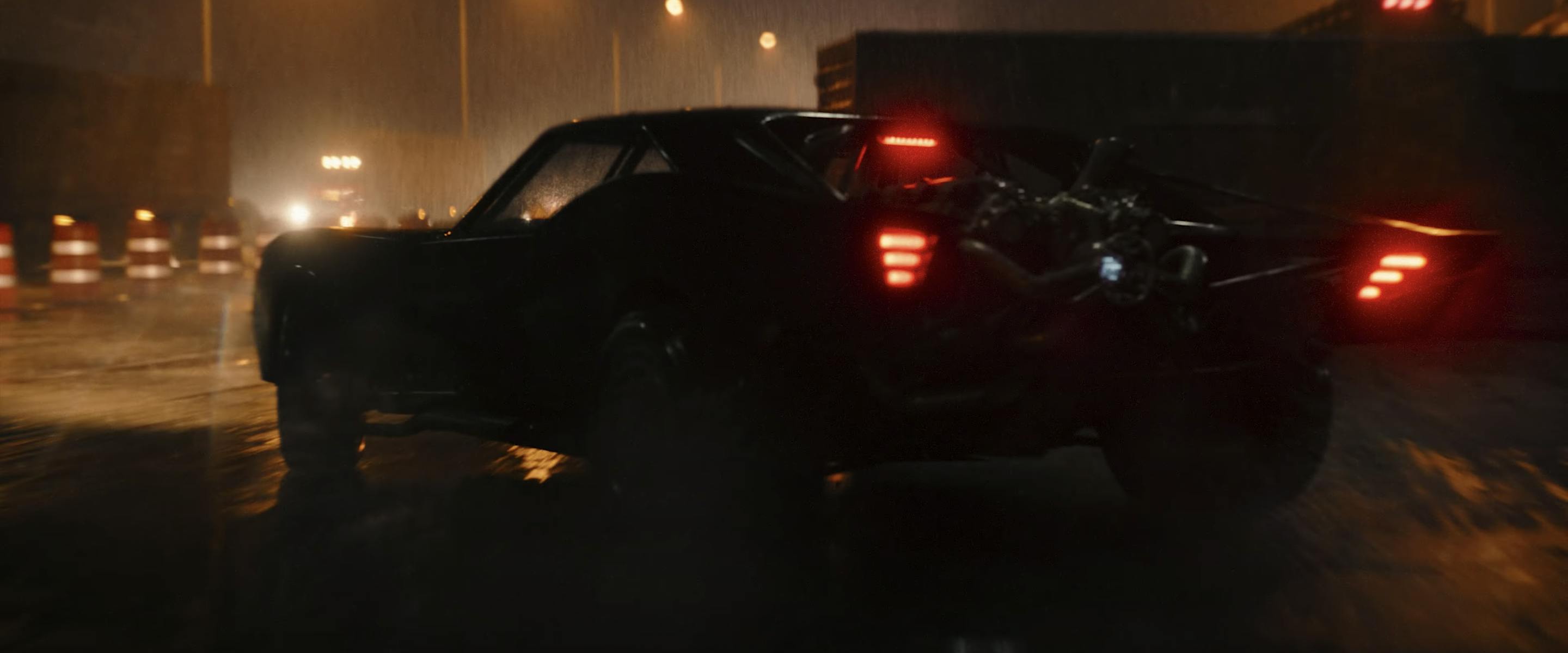


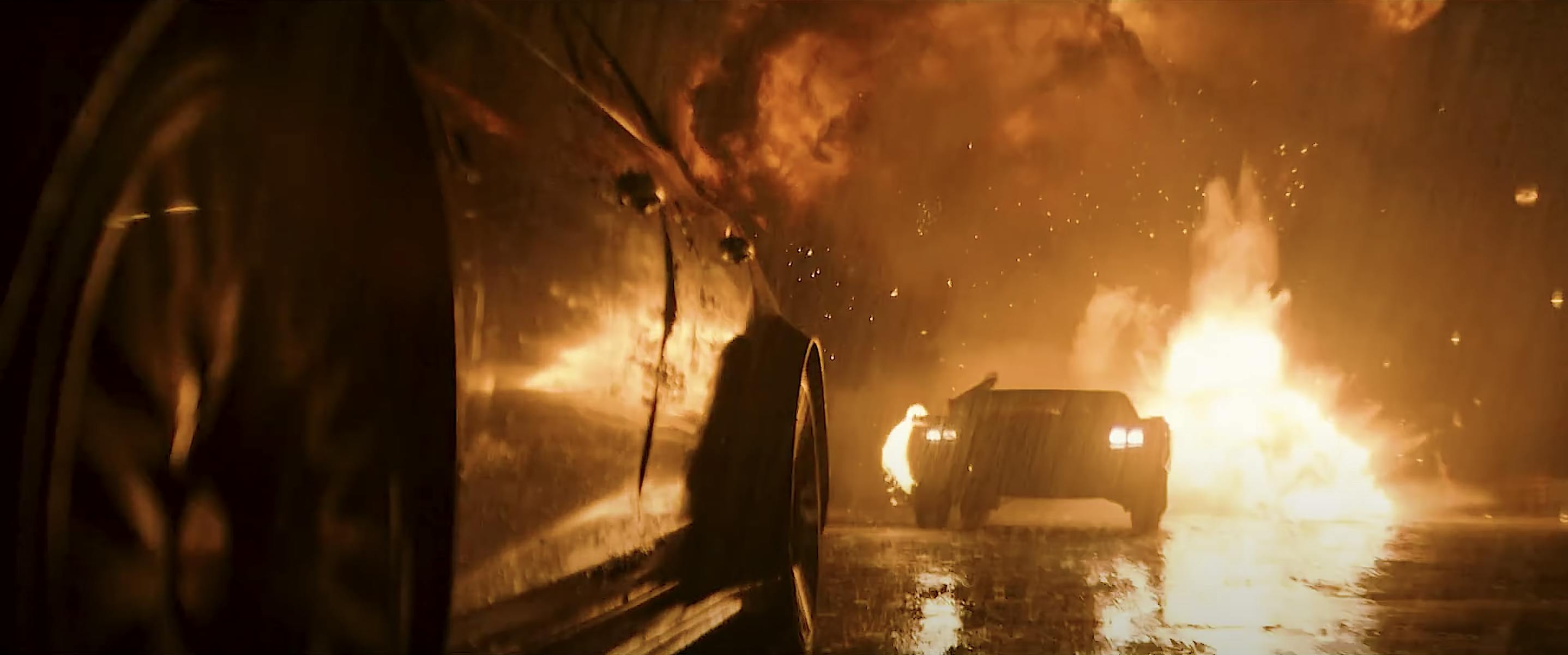
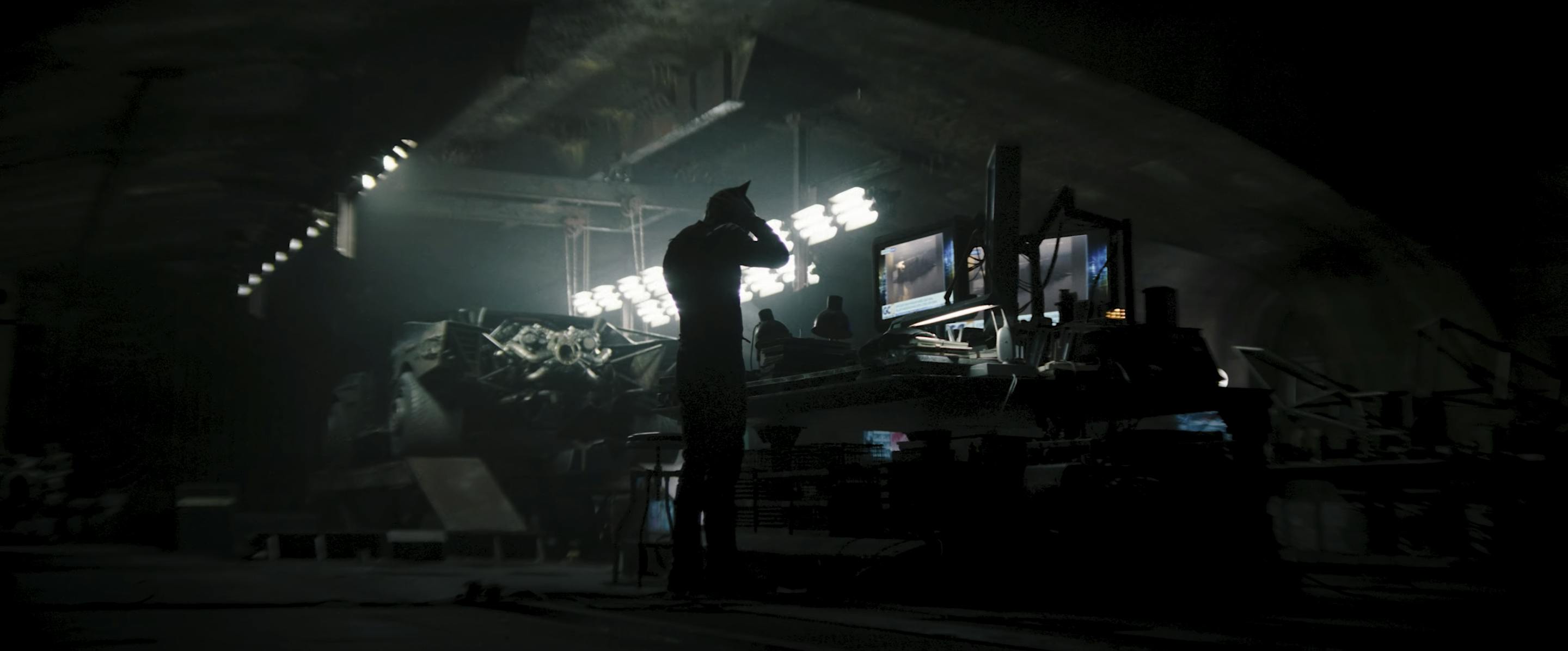

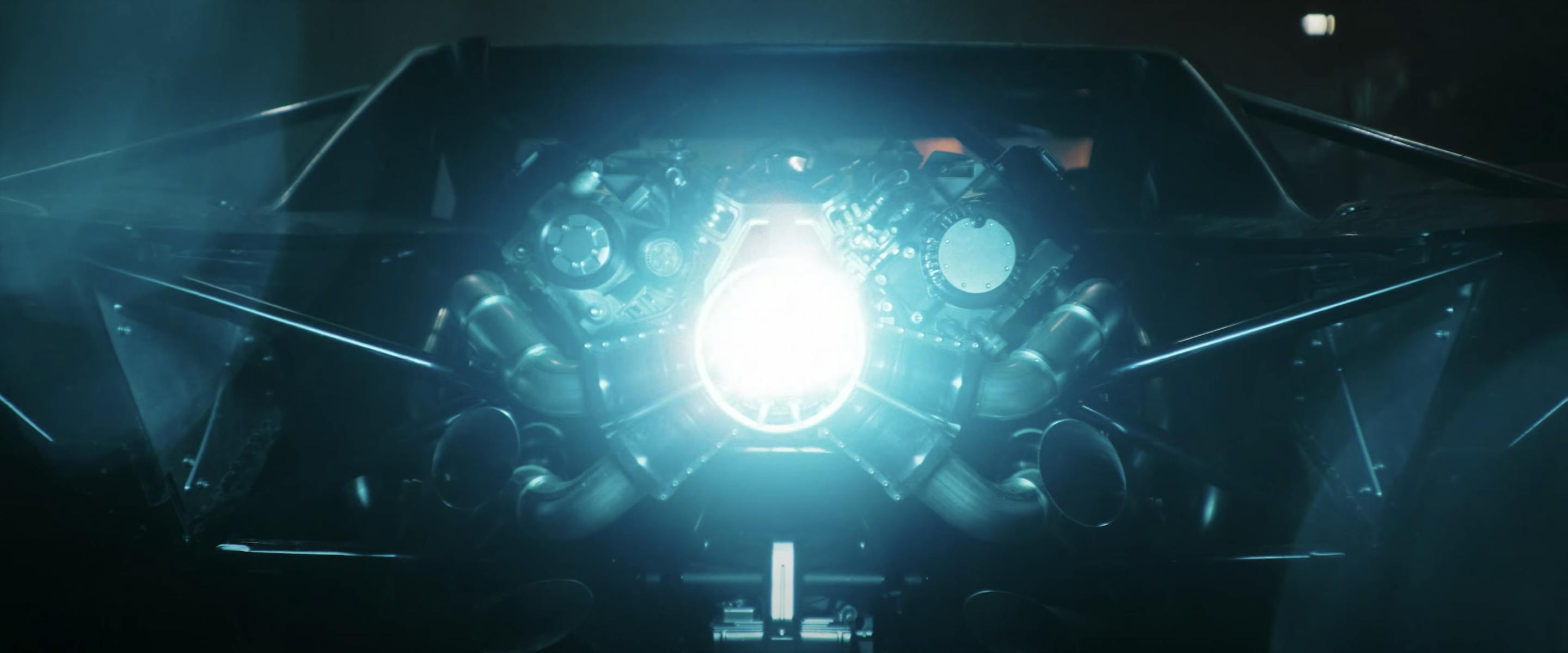

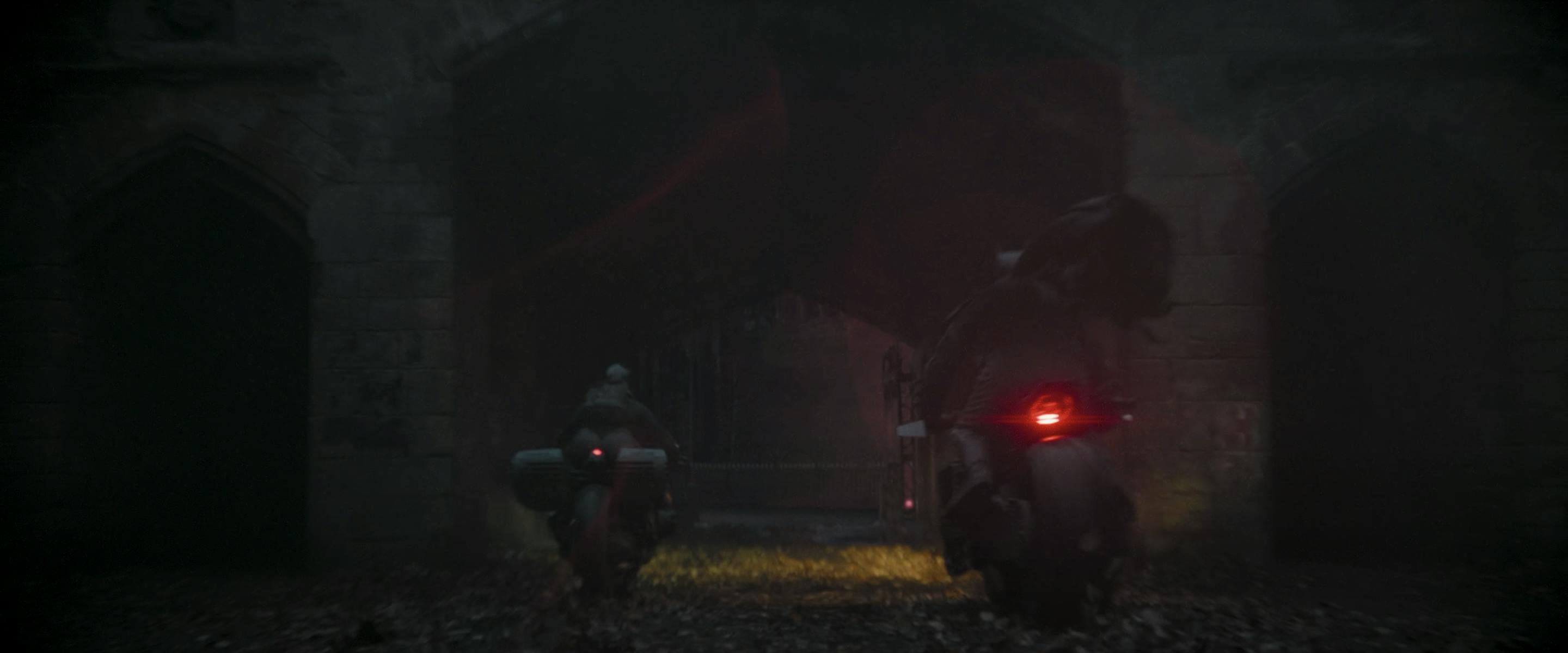
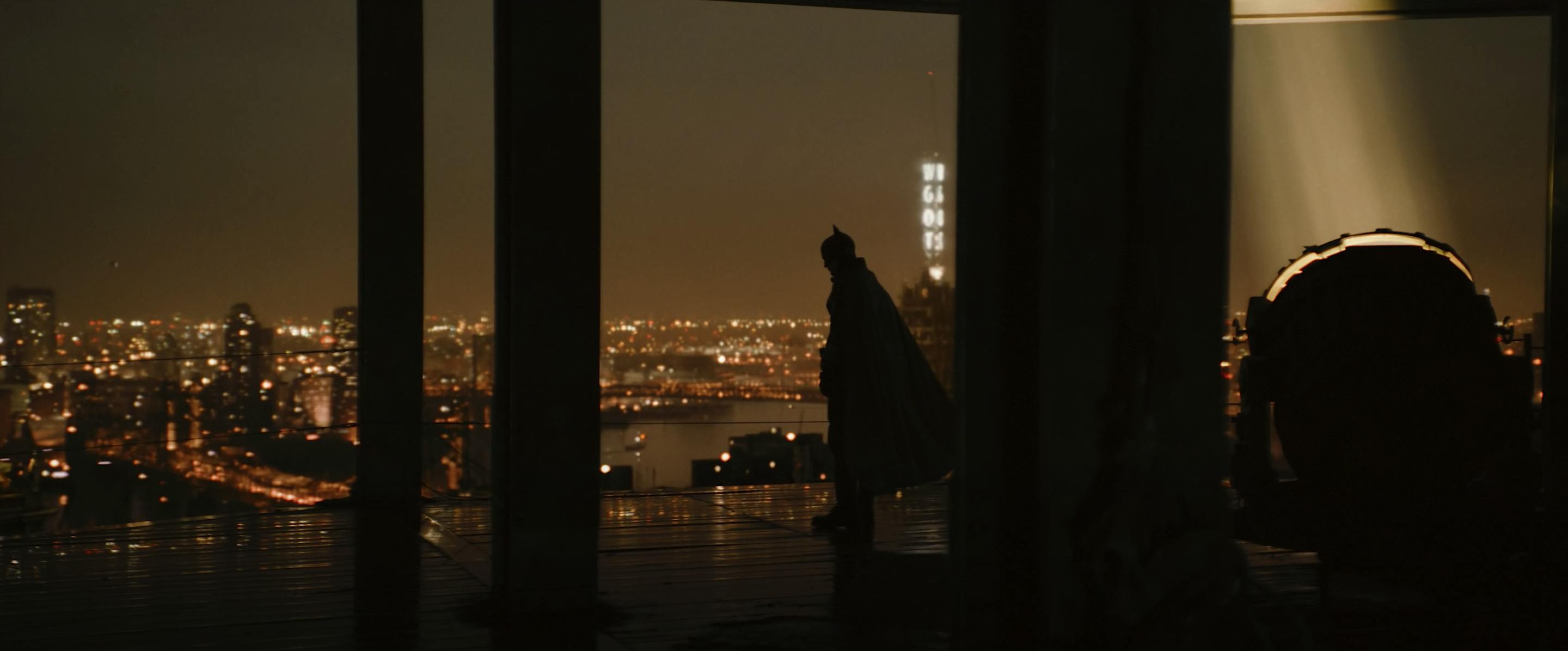


Come on ! It’s a Futura! Wake up!